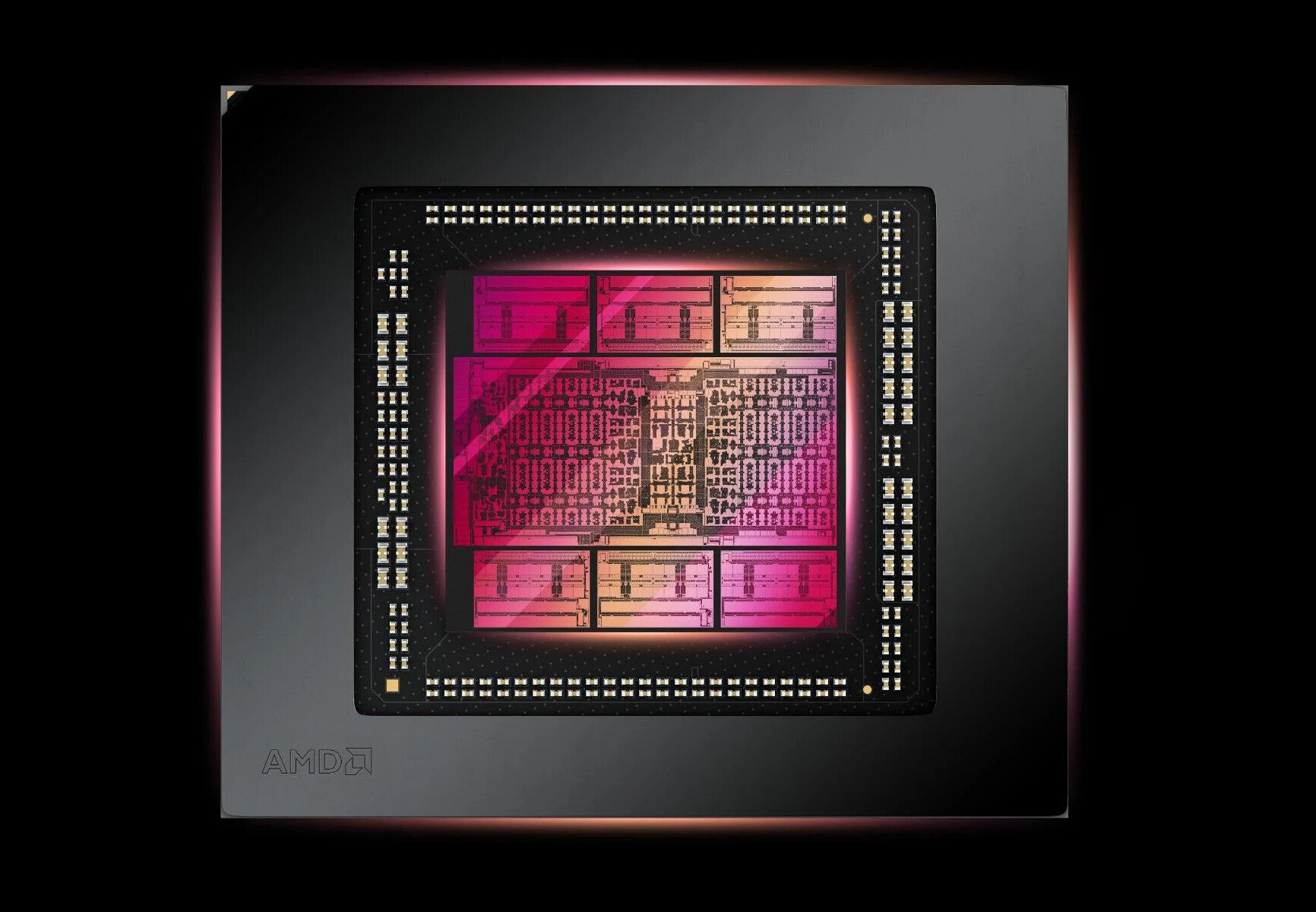AMD's Future Graphics Architecture
According to WJM47196, a source of AMD leaks on ChipHell, the upcoming RDNA 5 graphics architecture will feature a completely new design and may not even carry the RDNA branding. This new architecture is expected to be two generations ahead of the current RDNA 3, which powers the Radeon RX 7000 series GPUs. RDNA 5 could potentially revolutionize the GPU and its key components, similar to how RDNA improved upon the previous "Vega" architecture, resulting in a significant performance/watt increase that AMD can further enhance with its successful RDNA 2 powered Radeon RX 6000 series.
Performance per Watt is a crucial metric for evaluating GPU generations, and analysts believe that RDNA 3 did not achieve significant gains in performance/watt despite transitioning to the advanced 5 nm EUV process from the 7 nm DUV. AMD's decision to disaggregate the GPU, with some components built on the older 6 nm node, may have impacted the performance/watt ratio. The leaker also claims that "Navi 31" was initially planned to include 192 MB of Infinity Cache, but AMD ultimately opted for 16 MB per memory cache die, resulting in only 96 MB per GPU. The upcoming RDNA 4 architecture aims to address these component-level issues that affected the performance/watt ratio in RDNA 3.
One rumored improvement in RDNA 4 is the focus on enhancing ray tracing performance by redesigning the hardware. While RDNA 3 built on the Ray Accelerator component introduced in RDNA 2, RDNA 4 may see AMD utilizing fixed-function accelerators to handle more of the ray tracing workload, thereby improving performance. Additionally, AMD is expected to transition to a newer foundry node, possibly 4 nm or 3 nm, to further enhance the architecture.
AMD is set to reveal RDNA 4 later this year, with a potential teaser at the upcoming Computex event next month.
